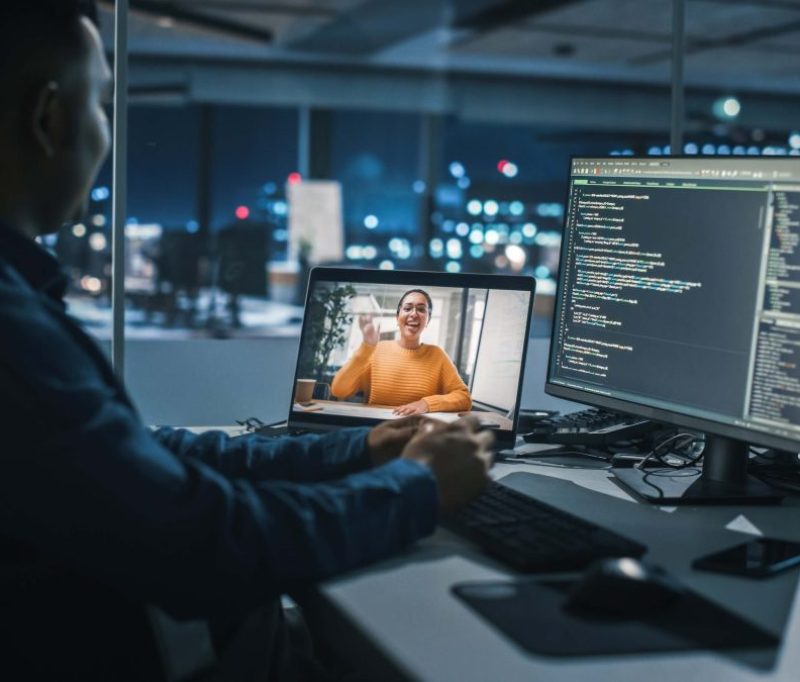Ergonomics and Comfort: The Core of Effective Office Furniture
Ergonomics should be a top priority when selecting office furniture. Employees often spend long hours at their desks, and uncomfortable chairs or poorly designed desks can lead to physical issues such as back pain, eye strain, and repetitive strain injuries. Ergonomic furniture is specifically designed to support natural posture, provide lumbar support, and ensure optimal height and angle for typing and screen viewing. Adjustable chairs with armrests, sit-stand desks, and monitor arms are some popular ergonomic solutions. When employees feel comfortable and are free from physical strain, they can concentrate better, feel less fatigued, and maintain a higher level of productivity throughout the day. Furthermore, investing in ergonomic furniture shows that a company values the health and comfort of its workforce, which can positively affect employee morale and retention.
Aesthetic Value and Professional Appeal in Workplace Design
A visually appealing workspace can have a profound psychological effect on employees and visitors alike. The design and style of office furniture contribute significantly to the ambiance of an office. Modern, minimalist furniture creates a clean and sophisticated look, while warm wood tones and textured materials can bring a more welcoming and comfortable vibe. The color, shape, and material of the furniture should align with the companys branding and interior design theme. First impressions matter, especially for clients and business partners visiting the office. A sleek and well-furnished meeting room conveys professionalism, attention to detail, and organizational strength. Office aesthetics can also stimulate creativity and foster a positive working environment, especially in open-plan offices or creative industries. Therefore, furniture choices should strike a balance between visual appeal and functionality.
Space Optimization Through Smart Office Furniture Layouts
Space utilization is another critical factor in office planning, especially in urban areas where commercial rent is high. Selecting the right office furniture can help optimize available space, creating an environment that supports efficient workflow and movement. Modular furniture, multi-functional desks, mobile storage units, and foldable tables are excellent options for maximizing utility in compact offices. Open workstations, hot-desking arrangements, and coworking pods are also gaining popularity in modern office designs. These setups allow businesses to accommodate more employees without compromising comfort or functionality. Thoughtful furniture layout ensures clear pathways, sufficient personal space, and ease of communication between departments. Additionally, storage solutions like filing cabinets, overhead shelves, and built-in wall units can reduce clutter and maintain a clean, organized office atmosphere. Efficient use of space is not only economical but also enhances the overall productivity of the workforce.
Sustainability and Eco-Friendly Office Furniture Options
As sustainability becomes a central concern in business operations, many companies are turning to eco-friendly office furniture options. Furniture made from recycled, reclaimed, or sustainably sourced materials helps reduce environmental impact and promotes corporate social responsibility. Bamboo desks, recycled plastic chairs, and FSC-certified wood products are just a few examples. Many manufacturers now offer furniture lines that are environmentally conscious, non-toxic, and durable enough to reduce waste through long-term use. Investing in green furniture can also improve indoor air quality by reducing the presence of harmful chemicals found in some synthetic materials. Furthermore, businesses that prioritize sustainability often gain favor with eco-conscious clients and partners. Incorporating sustainability into office design is not only a responsible choice but also a strategic one, aligning the companys image with modern environmental values.
Technology Integration with Modern Office Furniture
In an increasingly digital workplace, the integration of technology into office furniture has become a game-changer. Smart desks with built-in charging ports, wireless connectivity, adjustable height settings, and cable management systems are in high demand. These tech-savvy solutions help reduce clutter, streamline operations, and support a dynamic work culture. Conference tables with embedded screens or power modules, mobile workstations with plug-and-play capabilities, and ergonomic setups with digital height controls are just a few innovations transforming the traditional office space. Technology-enhanced furniture is especially useful in hybrid and remote work models, allowing employees to easily transition between tasks and locations. By integrating technology into the workspace, companies empower their teams to stay connected, work efficiently, and adapt to evolving work trends without compromising comfort or style.
The Role of Office Furniture in Shaping Company Culture
Company culture is reflected in the design and structure of its workspace, and office furniture plays a crucial role in this dynamic. Collaborative furniture like shared desks, lounge seating, and informal breakout areas encourages communication and team bonding. On the other hand, private cubicles and quiet booths support focused work and individual productivity. Offering a mix of both allows employees to choose environments that best suit their tasks, thereby increasing engagement and satisfaction. Thoughtful furniture design can also promote inclusivity by accommodating employees of different body types, physical abilities, and work preferences. A company that invests in inclusive, high-quality, and well-designed furniture sends a clear message: it values its people and believes in creating a positive, supportive work environment. Ultimately, the physical workspace becomes an extension of the companys mission and values, influencing how employees perceive and participate in its culture.
Conclusion: Why Investing in the Right Office Furniture Matters
The choice of office furniture is much more than a logistical decisionits a strategic investment in the companys future. From ergonomics and aesthetics to space efficiency and sustainability, every aspect of office furniture impacts employee performance, well-being, and the organizations image. As businesses evolve to meet new challenges and adopt flexible working models, their physical environments must evolve as well. By prioritizing quality, comfort, and thoughtful design, companies create workspaces that inspire productivity, attract talent, and leave a lasting impression on clients and partners. If you're looking to transform your office into a hub of efficiency and innovation, start by rethinking your furniture. A trusted provider like office furniture can be the key to turning your vision into reality.































